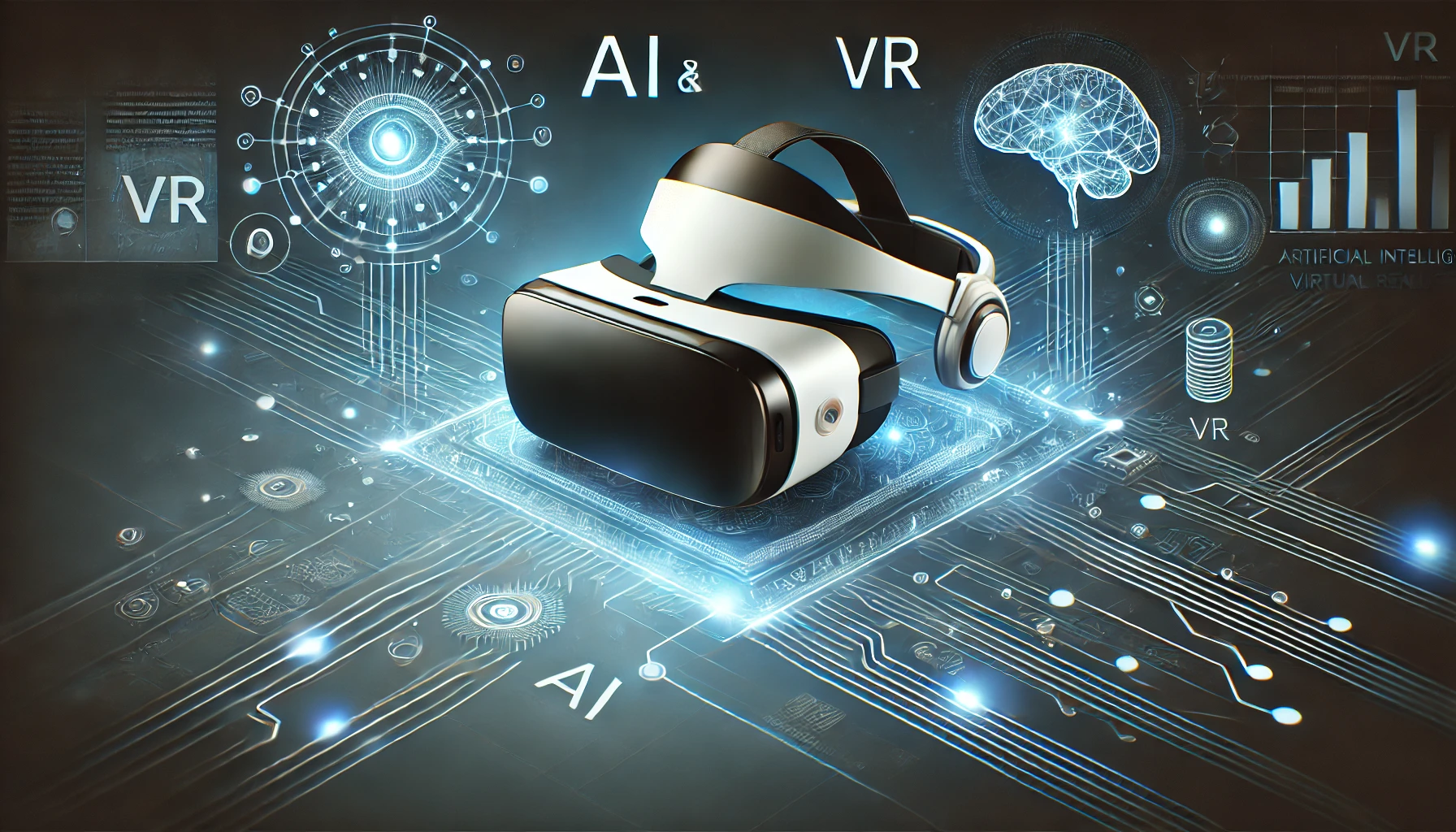AI and VR: A Powerful Combination

The convergence of Artificial Intelligence (AI) and Virtual Reality (VR) is creating unprecedented possibilities for immersive experiences. As these technologies evolve and intersect, they're giving rise to more intelligent, responsive, and personalized virtual environments. Let's explore how AI is enhancing VR and what this means for the future of digital experiences.
AI-Powered Virtual Environments
AI is transforming how virtual environments behave and adapt:
- Dynamic World Generation: AI algorithms creating vast, procedurally generated worlds.
- Adaptive Environments: Spaces that evolve based on user behavior and preferences.
- Real-time Physics Simulation: More realistic object interactions and environmental responses.
- Intelligent Scaling: Environments that automatically adjust to user capabilities and needs.
Enhanced User Interaction
AI is revolutionizing how users interact in VR:
- Natural Language Processing: More natural conversations with virtual characters.
- Gesture Recognition: More accurate and intuitive control systems.
- Emotion Recognition: Environments that respond to user emotional states.
- Behavioral Analysis: Personalized experiences based on user patterns.
Intelligent Virtual Characters
AI is creating more sophisticated virtual beings:
- Advanced NPCs: Characters with realistic behaviors and decision-making abilities.
- Emotional Intelligence: Virtual beings that can recognize and respond to human emotions.
- Learning Capabilities: Characters that evolve through interactions with users.
- Contextual Awareness: NPCs that understand and respond to complex situations.
Applications Across Industries
The AI-VR combination is finding use in various sectors:
- Training and Education: Adaptive learning systems that personalize content delivery.
- Healthcare: AI-powered therapeutic VR experiences.
- Gaming: More immersive and responsive gaming worlds.
- Professional Simulation: Intelligent scenarios for professional training.
Technical Innovations
Key technological developments powering this integration:
- Machine Learning Models: Improved pattern recognition and prediction.
- Neural Networks: Better understanding of user behavior and preferences.
- Computer Vision: Enhanced environmental and object recognition.
- Deep Learning: More sophisticated AI decision-making capabilities.
Future Developments
Looking ahead, we can expect:
- More sophisticated AI-driven world generation
- Enhanced natural interaction systems
- Better integration of real-world data
- More personalized and adaptive experiences
The combination of AI and VR represents a significant leap forward in how we experience and interact with virtual worlds. As both technologies continue to advance, we can expect increasingly sophisticated and immersive experiences that blur the line between the virtual and the real.
